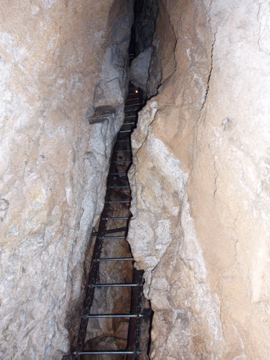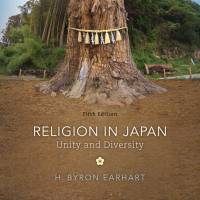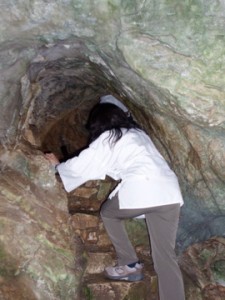Religion in Japan: Unity and Diversity, H. Byron Earhart (Western Michigan University)
Religion in Japan: Unity and Diversity BY ANDREW LEE
Japan Times NOV 30, 2013
This fifth edition of the classic textbook “Religion in Japan” has been completely rewritten by author H. Byron Earhart to give greater coverage to the modern period, such as changes in marriage and death rites, and to widen the field of research into belief systems to include mainstays of modern Japanese pop culture, and the country’s obsession with Disneyland.
The new section on “alternative realities” is particularly interesting, with Earhart postulating that the worlds depicted in many anime, manga and games are “similar to the cosmos depicted in scriptures and myths.”
*****************************************
About the author
H. Byron Earhart studied under Mircea Eliade and Joseph M. Kitagawa at the University of Chicago, where he received a doctorate in History of Religions. He first went to Japan on a Fulbright in the early 1960s to complete a doctoral dissertation on Shugendo, a distinctively Japanese “mountain religion.” He has taught and written about Japanese religion in the United States, returning to Japan for research. His writing has concentrated on Shugendo, folk religion, and new religions. His approach to Japanese religion has been to see it as a unified worldview rather than as separate religious organizations, and to place separate traditions and the overall worldview within historical perspective.
*******************************************
Book blurb…
This standard text explores religion in Japan as a complex tapestry of different religious strands, reflecting both the unity and diversity of Japanese culture, a theme Earhart pioneered in the first edition (1969) of this enduring, classic book–a theme he has devoted subsequent decades to refining through cutting-edge scholarship and keen observation of the evolving religious scene. Tracing the development of religious traditions from the prehistoric era through modern times, Earhart explores the vital influence of Shinto, Buddhism, Daoism, Confucianism, and folk religion. Presuming no technical or academic background, the text guides students to key Japanese religious themes, which include the proximity of humans and gods, the religious character of the family, the bond between religion and the nation, and the pervasiveness of religion in everyday life. This new edition updates the description and interpretation of the entire history of religion in Japan in light of the latest developments in the field. In the latter chapters, changes in the contemporary scene are highlighted, discussing Tokyo Disneyland, manga, and anime as “alternative reality,” as well as the innovations in more “traditional” events such as wedding ceremonies and rites for the dead.
********************************************
Extract from the preface….
Reading textbook descriptions of religion in Japan was like scanning a menu at a Chinese restaurant: select one item from each column—the choices being mainly Shinto and Buddhism, with fewer items for Confucianism and Christianity. These traditions, somewhat similar to the dishes in a Chinese restaurant, were presented as sharing a common heritage but listed rather arbitrarily as separate subjects. In these books, Buddhism was shown some respect, but the pre-Buddhist heritage and Shinto were summarily dismissed. A leading Japanologist of the time wrote, “The religion of the early Japanese was primarily nature worship which, probably under Chinese influence, later came to include a certain amount of ancestor worship.” This tradition became Shinto, but according to this scholar’s book, even in modern times, “the true basis of Shinto remains unchanged, a simple and naïve nature worship.” Even more problematic than the dismissal of ancient Japanese Shinto beliefs and practices was the lack of a unified overview of religious life in Japan.

Exploring the mystery of Japan's hidden spirituality



Leave a Reply